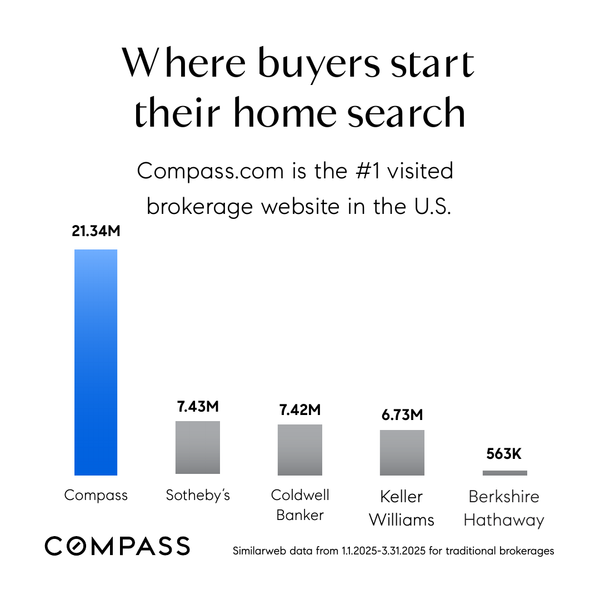The 50-Year Mortgage Buzz: What It Might Mean for You
The idea of a 50-year mortgage has been swirling in the news and across social media, sparking debate about its potential to solve today's housing affordability crisis. While it is not a widely available product yet, the possibility raises important questions about long-term financial planning.
So, what is a 50-year mortgage, and what are the pros and cons for different types of buyers?
A 50-year mortgage simply stretches the loan repayment period out an additional 20 years past the standard 30-year term. The core appeal is the significantly lower monthly payment, as the principal and interest are spread over a much longer period.
| Property Type | Pro: The Benefit | Con: The Drawback |
|---|---|---|
| Primary Residence | Lower Monthly Payments: Drastically improves monthly cash flow and makes entering an expensive market (or affording a larger home) financially feasible. | Much Higher Interest Cost: The total interest paid over 50 years would be substantially higher—potentially double—the cost of a 30-year mortgage. |
| Primary Residence | Easier Qualification: The lower monthly payment improves your debt-to-income ratio, which can make it easier to qualify for a loan. | Slow Equity Build-Up: For the first decade or more, a significant portion of your payment goes toward interest, meaning you build equity at a snail's pace. |
| Second Home / Investment Property | Maximized Cash Flow: For landlords, the lower monthly debt service maximizes monthly rental income (cash flow) from day one, which can enhance returns. | Reduced Long-Term Profit: The extremely high total interest cost erodes the long-term profitability and ultimate Return on Investment (ROI) upon sale. |
| Second Home / Investment Property | Higher Buying Power: Investors can potentially use the reduced monthly payment to acquire more properties or purchase a more expensive unit. | Limited Refinance/Leverage: Slower equity means fewer opportunities to leverage the property for a cash-out refinance for future investments. |
The Bottom Line
A 50-year mortgage is essentially a trade-off: Short-term affordability for long-term cost.
1. For Primary Home Buyers, it can be a valuable tool to get a foot in the door of homeownership or to afford a necessary larger home, provided you plan to refinance or sell before the full term, or if appreciation is strong.
2. For Investors, the advantage lies mainly in maximizing immediate cash flow, but the long-term cost and slow equity growth must be modeled carefully into your exit strategy.
3. What about property appreciation? In California, since 1940 when home prices began being tracked, home prices have appreciated on average just over 10% per year. If appreciation slowed to a 6% average per year, how would this impact using a 50-year mortgage? With 6% appreciation, the home's value is rising much faster than the loan is being paid down. This rapid growth in market-based equity can quickly give the homeowner a strong net worth position. This validates the strategy of using the loan to "get foot in the door". Even after 10 years, while they may have paid off very little principal, the home's value (in this hypothetical scenario) would have increased by over 75% (compounded). This gives them options to sell for a significant profit or refinance into a new loan.
4. Maximizing Returns: The investor's goal is to use as little of their own money (down payment) as possible to control a high-value asset. The 50-year loan maximizes their cash flow by keeping monthly payments at a minimum.
5. Appreciation vs. Interest: The 6% appreciation is calculated on the total value of the property, while the loan's interest rate is calculated only on the loan balance. The gains from 6% appreciation can far outweigh the high interest cost, especially in the early years. The "high total interest cost" is simply viewed as the cost of controlling a rapidly appreciating asset.
As this concept evolves, our team will be monitoring its development and impact on the market. As always, we will keep you informed about market developments and are here to answer your questions.




